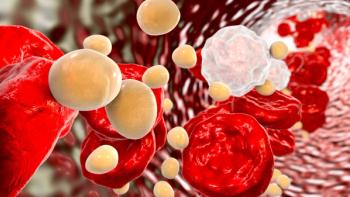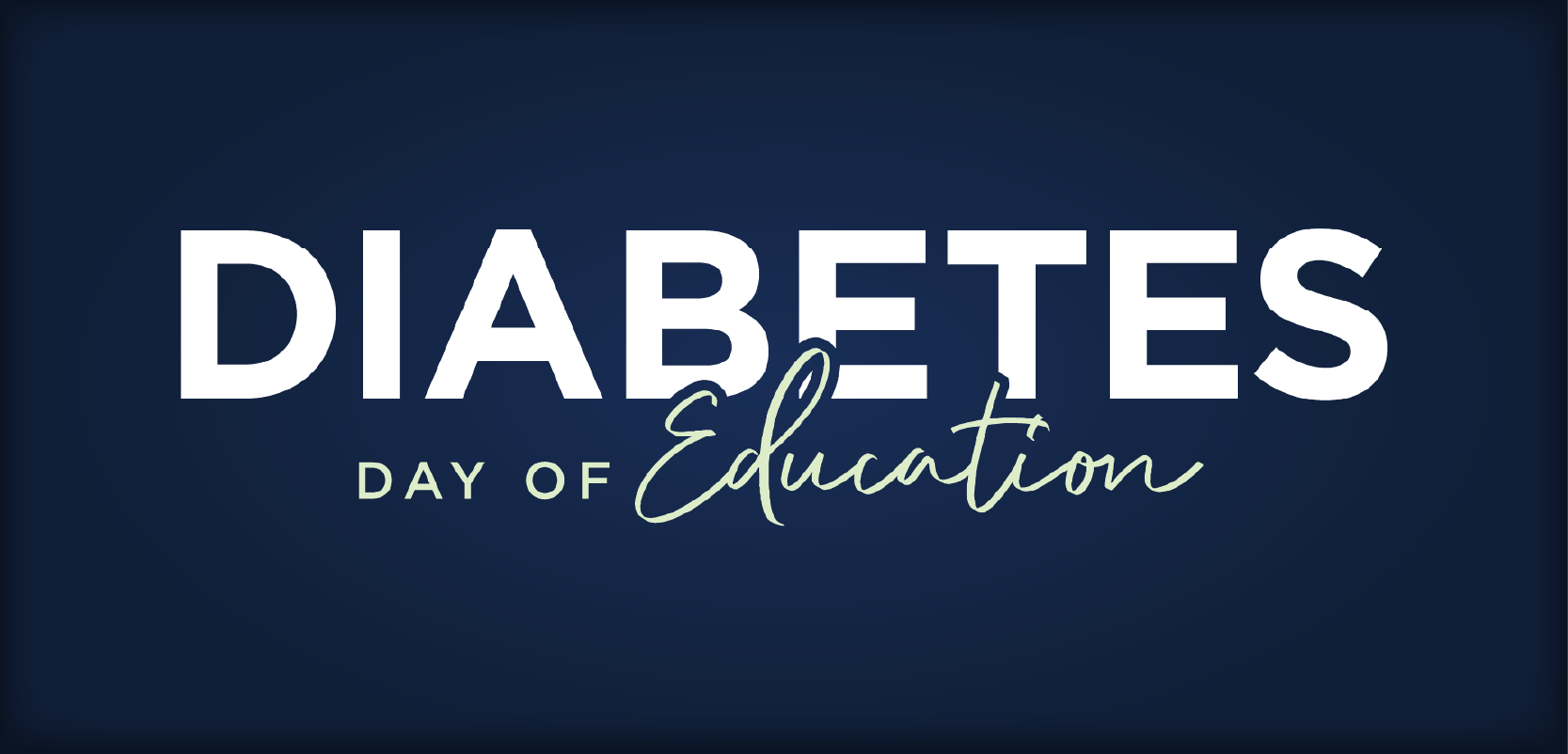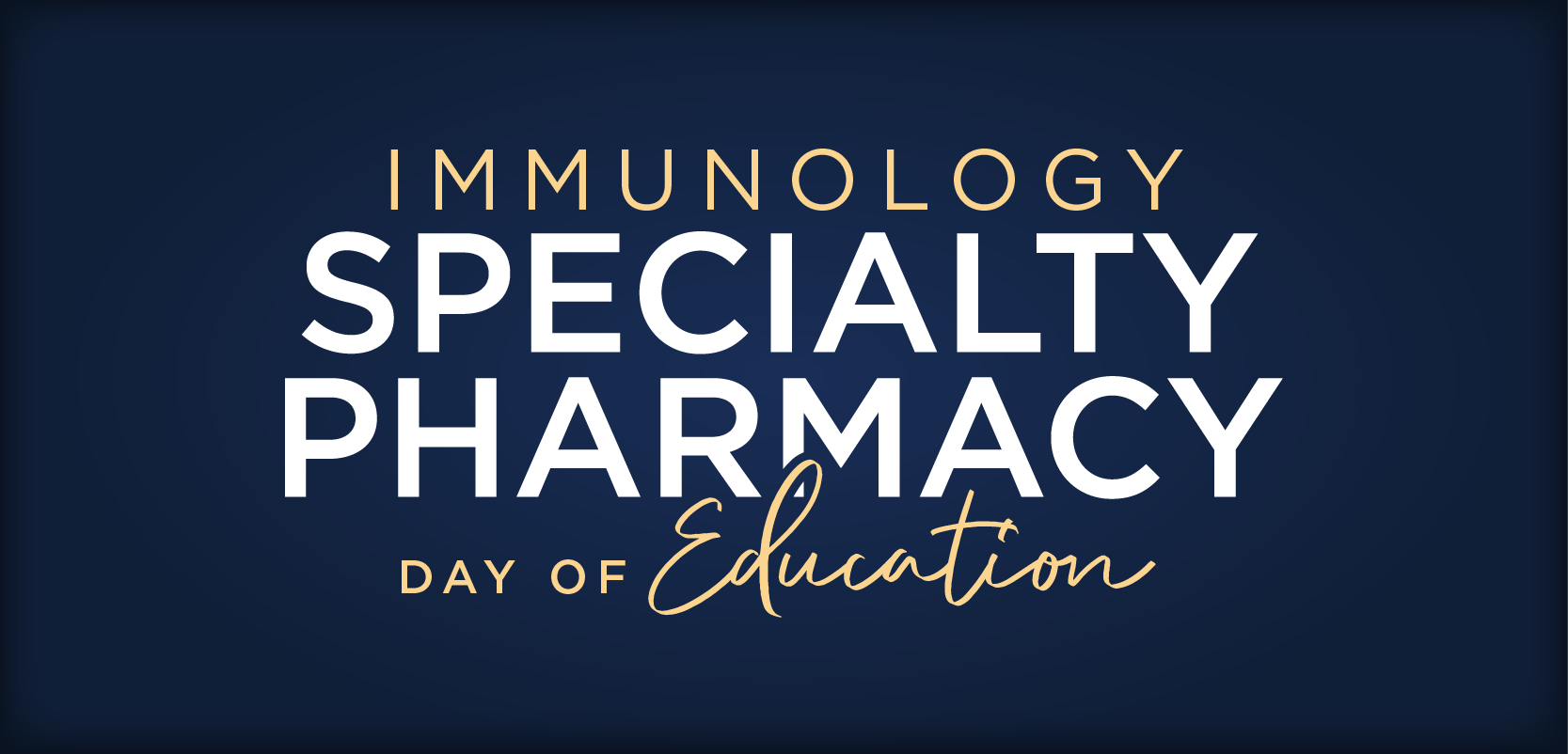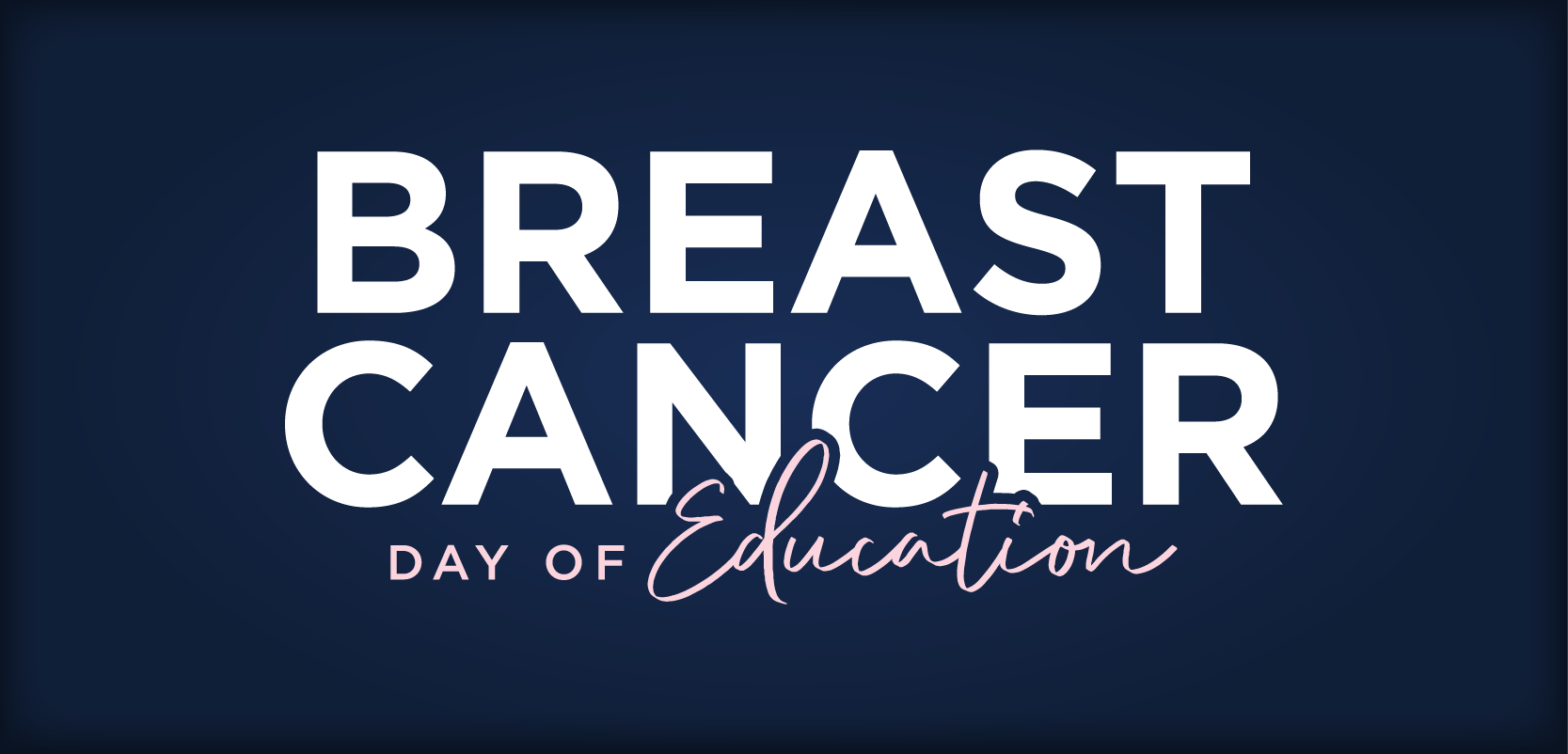
Pharmacist Interventions Optimize Pediatric Cancer Care
In the pediatric hospital setting, pharmacists most frequently perform drug therapy changes on the cancer ward.
In the pediatric hospital setting, pharmacists most frequently perform drug therapy changes on the cancer ward, a new study published in PLOS One suggests.
Between 35 and 37 nonconsecutive days, investigators from the Curtin University School of Pharmacy and Curtin Health Innovation Research Institute in Australia assessed and compared clinical pharmacist interventions related to medication orders that were performed across a pediatric teaching hospital’s general medical, general surgical, and hematology-oncology wards.
According to lead study author Hesty Utami Ramadaniati, the researchers conducted the trial in order to justify the role of pharmacists’ interventions in different pediatric settings, determine whether the type of setting influences the pattern and the rate of interventions, and uncover the actual rate of interventions.
In the study, a pharmacist intervention was defined as any activity related to patient management or therapy, such as taking a medication history or providing counseling to patients. Active interventions referred to pharmacists’ actions that led to a change in drug therapy, while passive interventions were care-centered activities that did not result in medication changes.
Throughout the study’s observation period, clinical pharmacists reviewed 2891 patients across the 3 practice settings. Among those patient reviews, the researchers documented a total of 982 interventions attributed to 16,700 medication order reviews.
According to the investigators, the pharmacists most commonly took medication histories and counseled patients in the general medical and surgical units, as those activities comprised more than half of all pharmacist interventions across those 2 settings. In contrast, drug therapy changes constituted the most common interventions performed by pharmacists in the hematology-oncology unit, representing approximately 37% of all interventions. Furthermore, the rate of active interventions was highest in the hematology-oncology unit (2.43 per 100 medication orders reviewed), followed by general surgery (2.34) and general medicine (0.93).
“We are not really surprised that the specialty setting—i.e. oncology—had a higher rate of active intervention, given the fact that most pharmacists were assigned permanently in the oncology ward, so they were familiar with the protocol and medications used there,” Ramadianiati told Pharmacy Times. “However, with regards to the pattern of the intervention, we uncovered the surprising finding that drug addiction accounted for the most common active intervention, as opposed to dose adjustment, in general settings.”
Across all 3 settings, the acceptance rate of the pharmacists’ active recommendations was high, thus strengthening existing evidence supporting the confidence that other health care professionals have in pharmacists’ contributions toward improving the quality of pediatric care.
In the future, the researchers hope to highlight the significance and importance of pharmacist interventions to optimize care for a range of hospitalized pediatric patients.
Newsletter
Stay informed on drug updates, treatment guidelines, and pharmacy practice trends—subscribe to Pharmacy Times for weekly clinical insights.



















































































































































































































